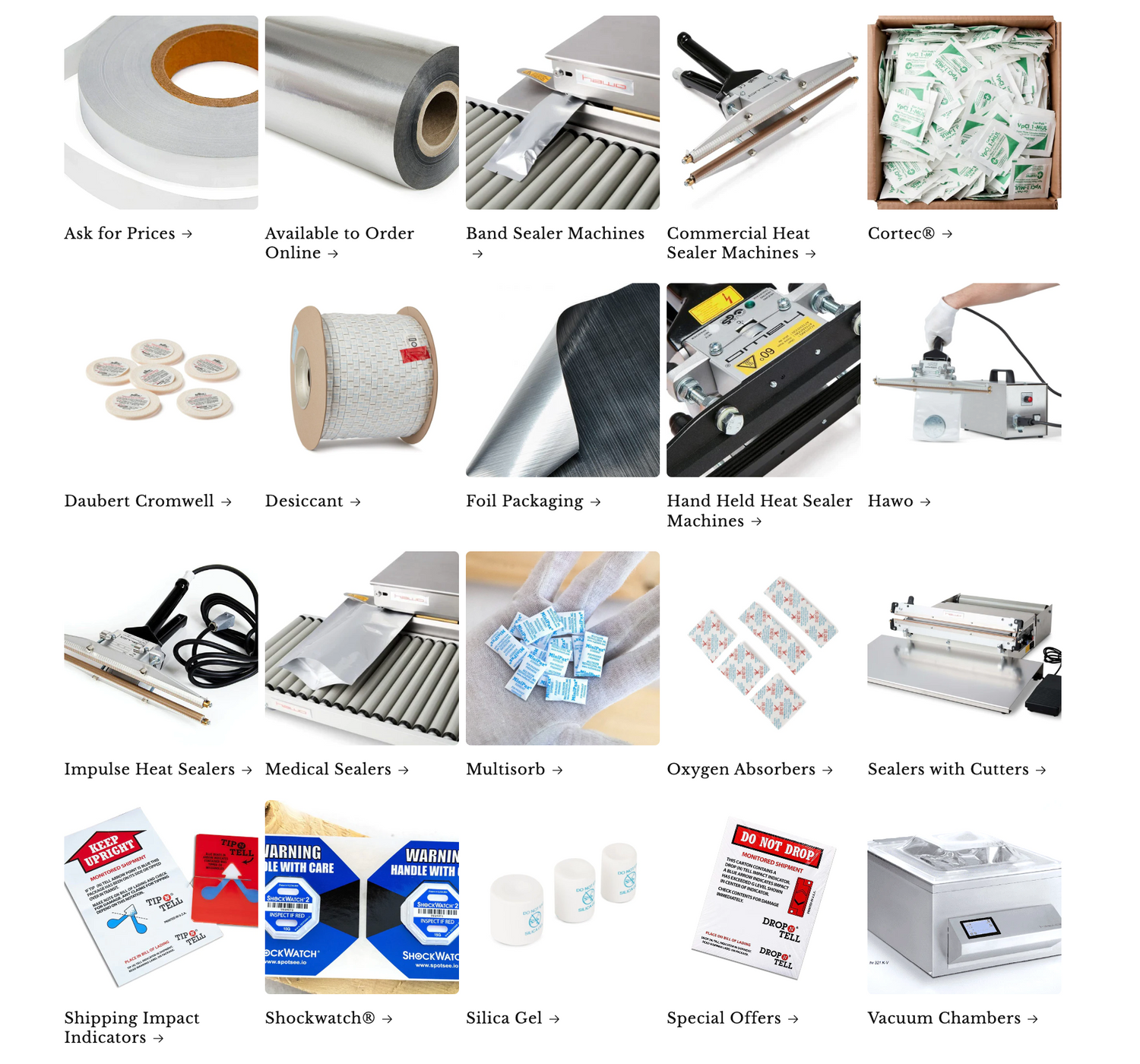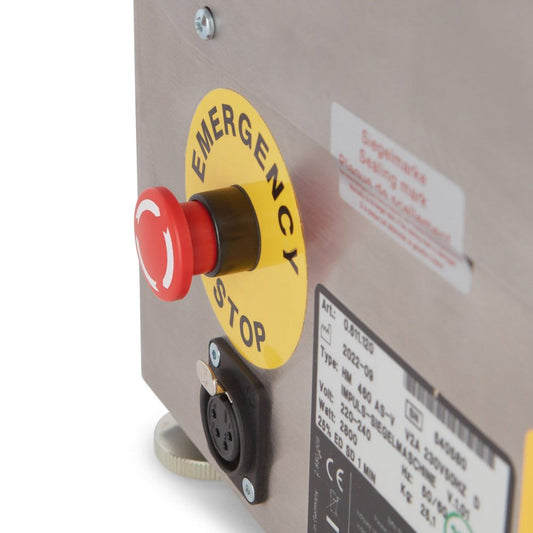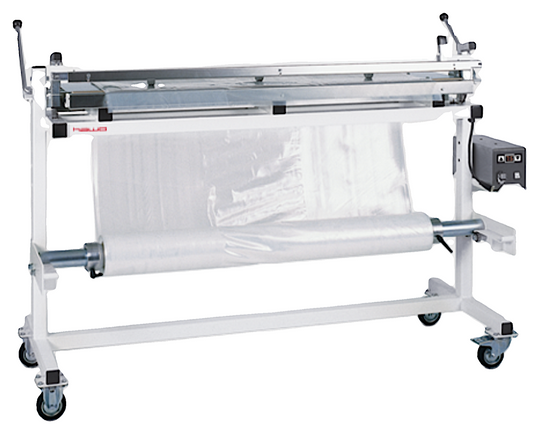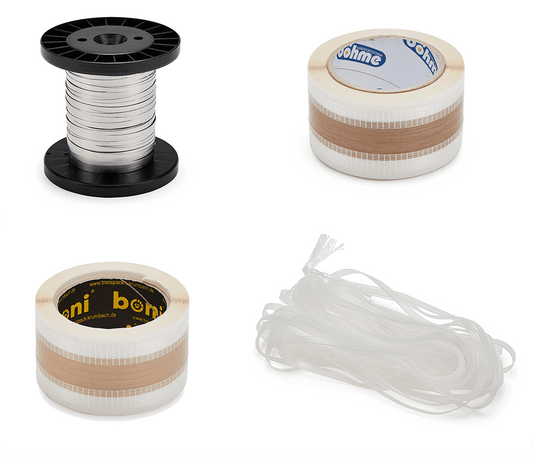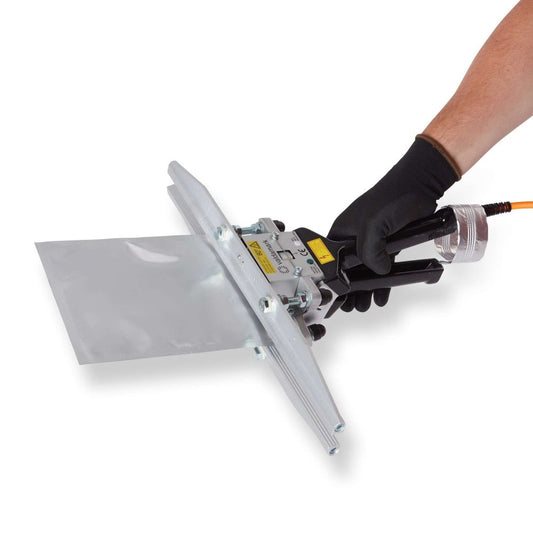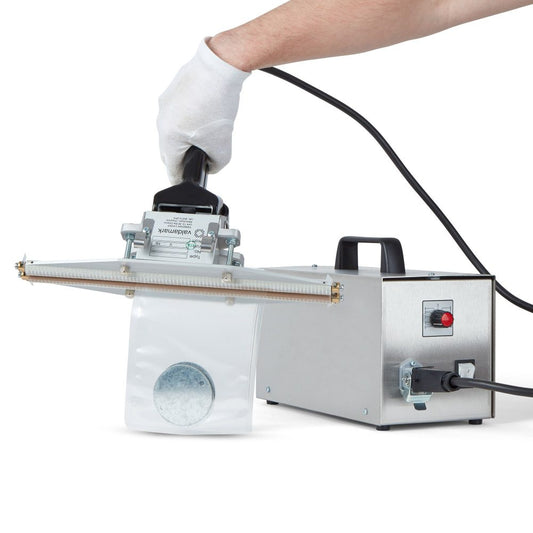When rethinking plastic packaging waste and potential alternatives, we must take into consideration how sustainable these replacements actually are?
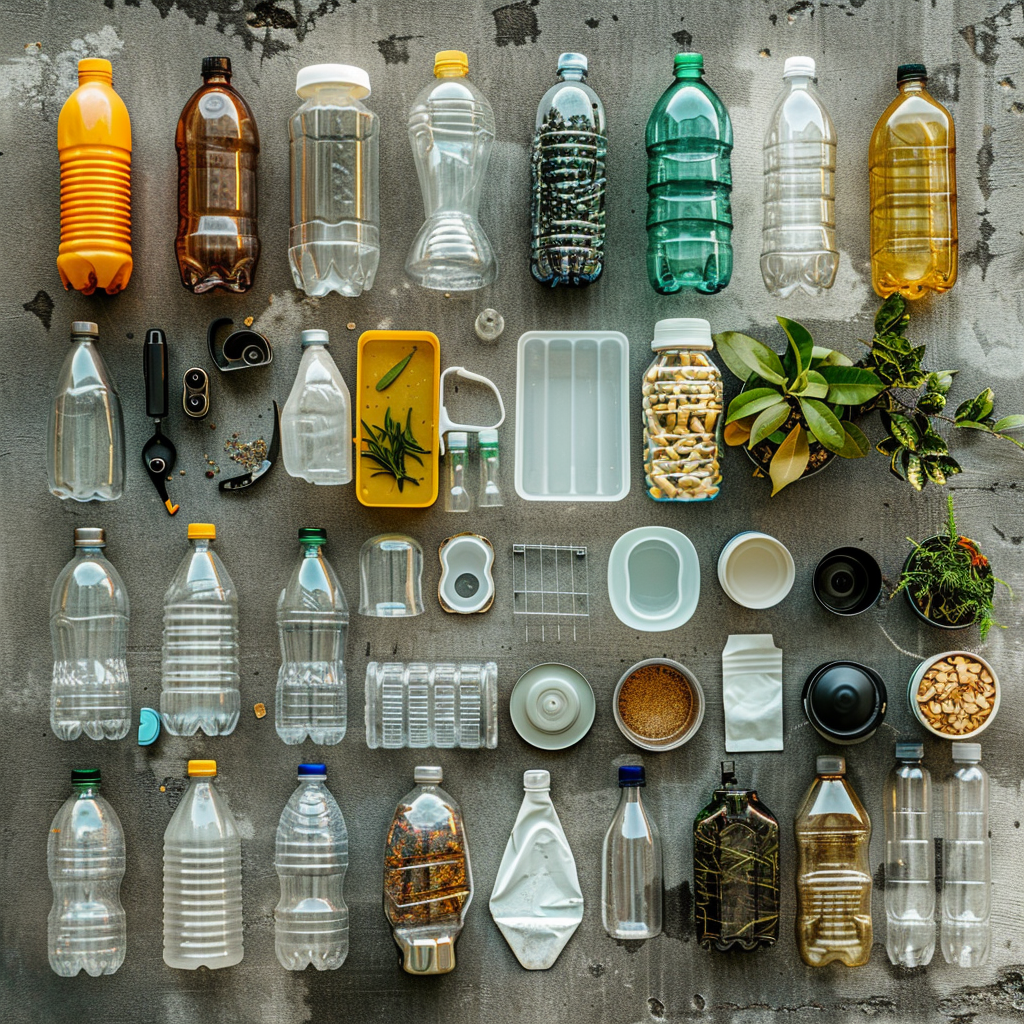
The harsh reality that confronts us when rethinking packaging!
When we think about plastic packaging it all too easy to condemn it straightaway without thinking of the consequences that will occur with replacement materials.
Nowadays landfills are overflowing with plastics. Aside from Plastics Oceans International say that in excess of 8 million tones are thrown in the ocean each year.
Packaging waste is a huge global burden accounting for about 40% of the planets plastic usage. Despite this shocking statistic a meager 14% of plastic packaging is recycled.
This low rate will probably surprise many people who go to the trouble of separating their waste when it comes time for their rubbish to be collected. It is dues to a variety of factors including public awareness as to the true cost of plastic packaging but also recycling itself and in the infrastructure behind it.
It is true that many large retailers and packaging manufacturers are increasing their sustainability efforts along with improvements to their environmental credentials. Their efforts are mainly focused on the reduction of plastic packaging as a preferred choice or at least ensuring it is easily recyclable. Or even reusable.
It would be very difficult at present for most retail businesses to completely cut out plastic packaging from their supply chains. The emphasis should more be on cutting out plastic packaging waste than plastic packaging itself.
This philosophy was backed up by Laura Rowell who leads global sustainability at Sonoco Packaging. Sonoco manufacturers laminated foil packaging film as well as heat seal packaging and various other paper and corrugated products.
What goals should we set going forward
Over 250 companies have signed up to the goals that were set by the new plastics economy. This is a vision initiative from the Ellen MacArthur Foundation promoting awareness and the eventual elimination of problematic and overused plastic packaging materials. The end game is to have all plastic packaging either recyclable or compostable by 2025.
Current participants include Coca Cola, Pepsi and Unilever.
Wallmart is also encouraging all of its suppliers to follow suit with the sustainable packaging playbook. This provides any retailer with advice & guidance on best practices to ensure packaging is as environmentally friendly as possible.
Sonoco for example have set goals to eliminate plastic packaging waste through in depth reviews of their current processes.
They currently utilise 22% recycled plastic in their manufacturing operations with 19% after market plastic.
Trader Joe’s meanwhile is looking at packaging through the lens of its sustainability framework. This recommends on the sourcing of renewable and recycled packaging whilst choosing packaging that can be recycled efficiently.
They have currently replaces consumable plastic packaging and replaced it with alternatives like Sealable Pouches and paper alternatives.
They have also introduced new biodegrable storage packaging materials for their loose fruits and vegetables. Futhermore the infamous Styrofoam trays have now been replaced with pet/alu/lldpe alternatives.
There is much work to do but it is a start!
Other Eco-Friendly Alternatives for Biodegradable Packaging
Biodegradable packaging is in demand due to the global initiative to create a circular economy. Here are famous packaging solutions that manufacturers can use for their products.
Corrugated Bubble Wrap
Corrugated cardboard is a sustainable alternative to popular plastic bubble wrap packaging.
A corrugated wrap is produced by making small, sharp cuts into the material that produce a concertina effect.
This effectively serves the same purpose as bubble wrap–protecting fragile items during shipping–without increasing carbon emissions or adding plastic to our landfills.
Air Pillows Made From Recycled Content
For businesses and people trying to lessen their impact on the environment, inflatable air pillows are a terrific option.
Air pillows made from recycled content are typically biodegradable too, making them even more eco-friendly than traditional solutions.
With a combination of reusable items and energy-efficient production methods, packaging with air pillows can be an effective way to show your commitment to sustainability.
By carefully selecting your materials, you can make sure that you protect both your bottom line and our planet's future!
Cornstarch Packaging
Cornstarch is a rapidly emerging eco-friendly packaging material. It has plastic-like properties but is derived from plants. With this property, manufacturers can use it to make bottles and loose film packaging.
However, it might compete with food supply systems by raising the price of corn. Some more effective alternatives to cornstarch include mushrooms, seaweed, and microbial polyester packaging.
Seaweed Packaging
Seaweed packaging is a new, eco-friendly way to package goods using agar - a substance found in seaweeds and algae.
This method was developed by award-winning designers who have found a way to extract, dehydrate and freeze-dry the agar.
The resulting material can be used as cushioning or compressed into stiff packages - making it versatile for different needs.
Seaweed is plentiful and renewable, making this an environmentally sustainable solution that could potentially revolutionise the plastic packaging industry.
Edible Films
For the purpose of wrapping food products, edible films are more suitable for the food industry and offer a sustainable packaging option.
Utilising edible films has the potential to minimise food waste and plastic leaching, having a drastic and positive impact on our planet.
Scientists are continuously experimenting with different natural products in hopes of creating a more efficient film coating. The most effective and widely used product thus far is chitosan.
Due to these features and more, chitosan is ideal for coating food items as it can form an effective protective layer without hindering the organoleptic characteristics of the product or having negative environmental impacts when eventually disposed of. Although still being researched to create better solutions, recent advancements in science suggest that an environmentally friendly future of edible film packaging is within reach— one bite away!
Simply put: Edible films could revolutionise how we think about packaging in our daily lives.
